1. Women Wearing Gloves Everywhere
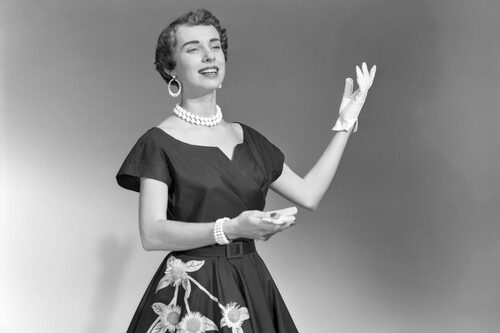
Back in the day, it wasn’t just about dressing up for special occasions—women were expected to wear gloves every time they left the house. Whether it was for a simple trip to the store or for afternoon tea, a woman’s outfit was considered incomplete without her gloves. This fashion trend was all about sophistication and keeping hands “lady-like,” as if bare hands were somehow improper says Harper’s BAZAAR.
In addition to the gloves, women also wore hats as part of their daily attire, and sometimes even matching purses. A day out in the ’40s or ’50s meant that looking put-together was the norm, no matter where you were going. Social expectations were high, and any deviation from the norm could raise eyebrows. For women of that time, putting on gloves was as routine as putting on shoes.
2. Spanking Kids in Public
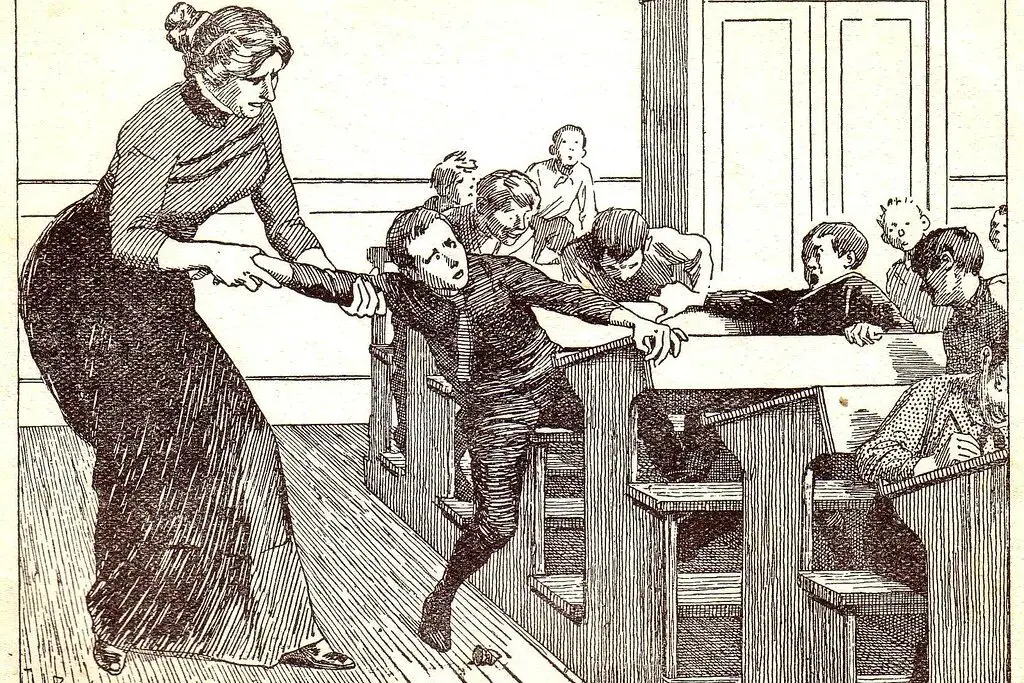
Disciplining children in public, especially with a good old-fashioned spanking, was far more accepted in the ’40s and ’50s than it is today. Parents didn’t hesitate to correct their children with corporal punishment in front of strangers, often without any second thoughts. In fact, it was seen as a sign of good parenting—one that showed authority and the importance of respecting adults explains the Free Press.
There was no hesitation when it came to putting children in line if they were misbehaving. Society as a whole had a much more hands-on approach to discipline, and teachers, coaches, and even neighbors were free to discipline kids however they saw fit. Today, the idea of a public spanking is nearly unheard of, and alternative, gentler forms of discipline have taken precedence.
3. Gender Roles in Advertising
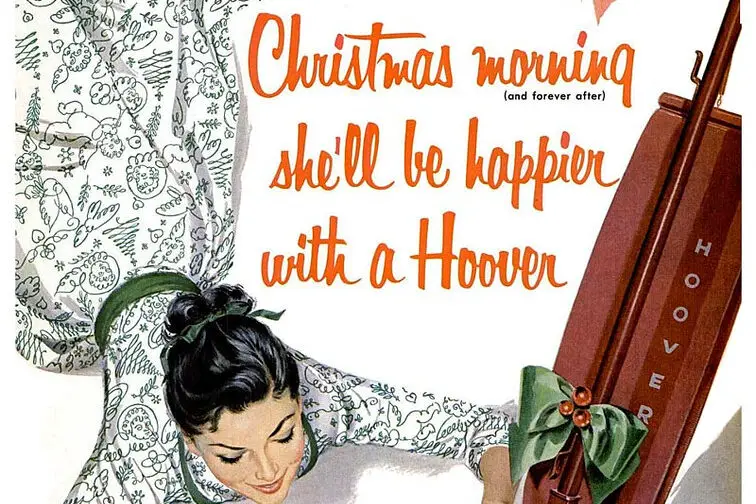
The advertising industry in the ’40s and ’50s was deeply ingrained in traditional gender roles. Ads portrayed women in the kitchen, cleaning, or doing housework, while men were shown at work or enjoying their leisure time. These stereotypes were seen as perfectly normal and even encouraged by brands trying to sell products like cleaning supplies and cooking equipment says Forbes.
The messages were simple: women were meant to take care of the home, and men were to provide for the family. The idea of a woman working outside the home or a man doing housework just didn’t fit into the narrative that advertisers were pushing. It took decades before the roles in advertising began to shift, but for a long time, this was how society viewed men and women.
4. Divorce Was a Social Stigma
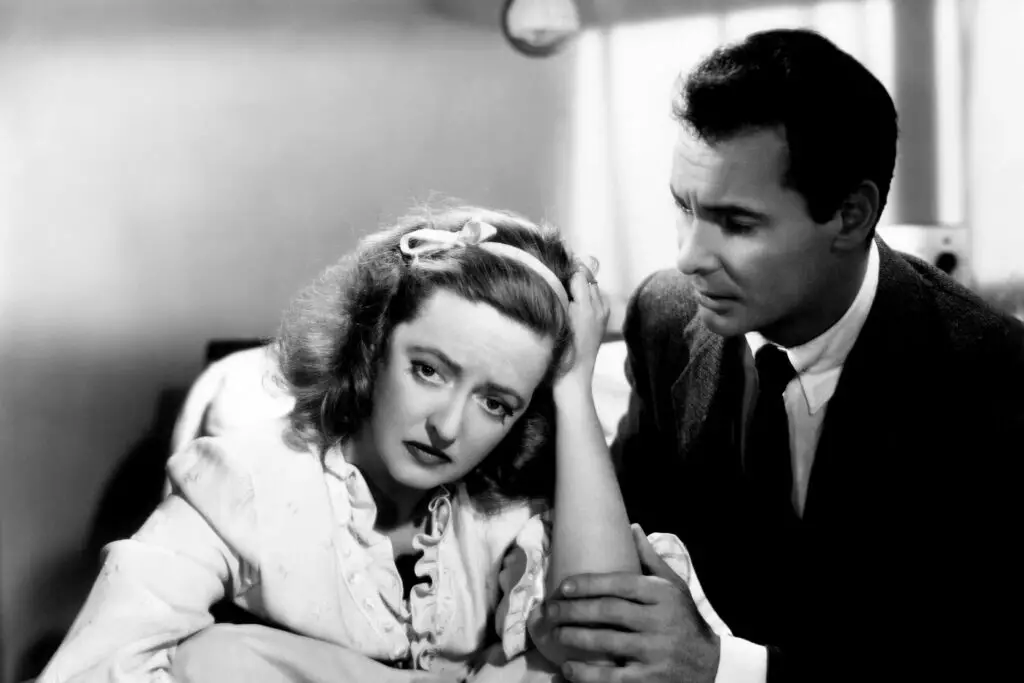
In the ’40s and ’50s, divorce wasn’t just a personal issue—it was a community issue. The idea of a broken marriage was often seen as a failure of the individuals involved, and many people would try to avoid talking about it. Couples who got divorced were often shunned or at least whispered about in the neighborhood, creating a lot of social pressure to stay in unhappy marriages.
The cultural stigma surrounding divorce made it difficult for people to pursue healthier, happier lives outside of their marriages. It wasn’t until later decades that divorce became more normalized, and the understanding of individual well-being began to outweigh societal judgment. For many, staying in a bad marriage was seen as better than facing the embarrassment of a divorce.
5. Men Wearing Hats Indoors
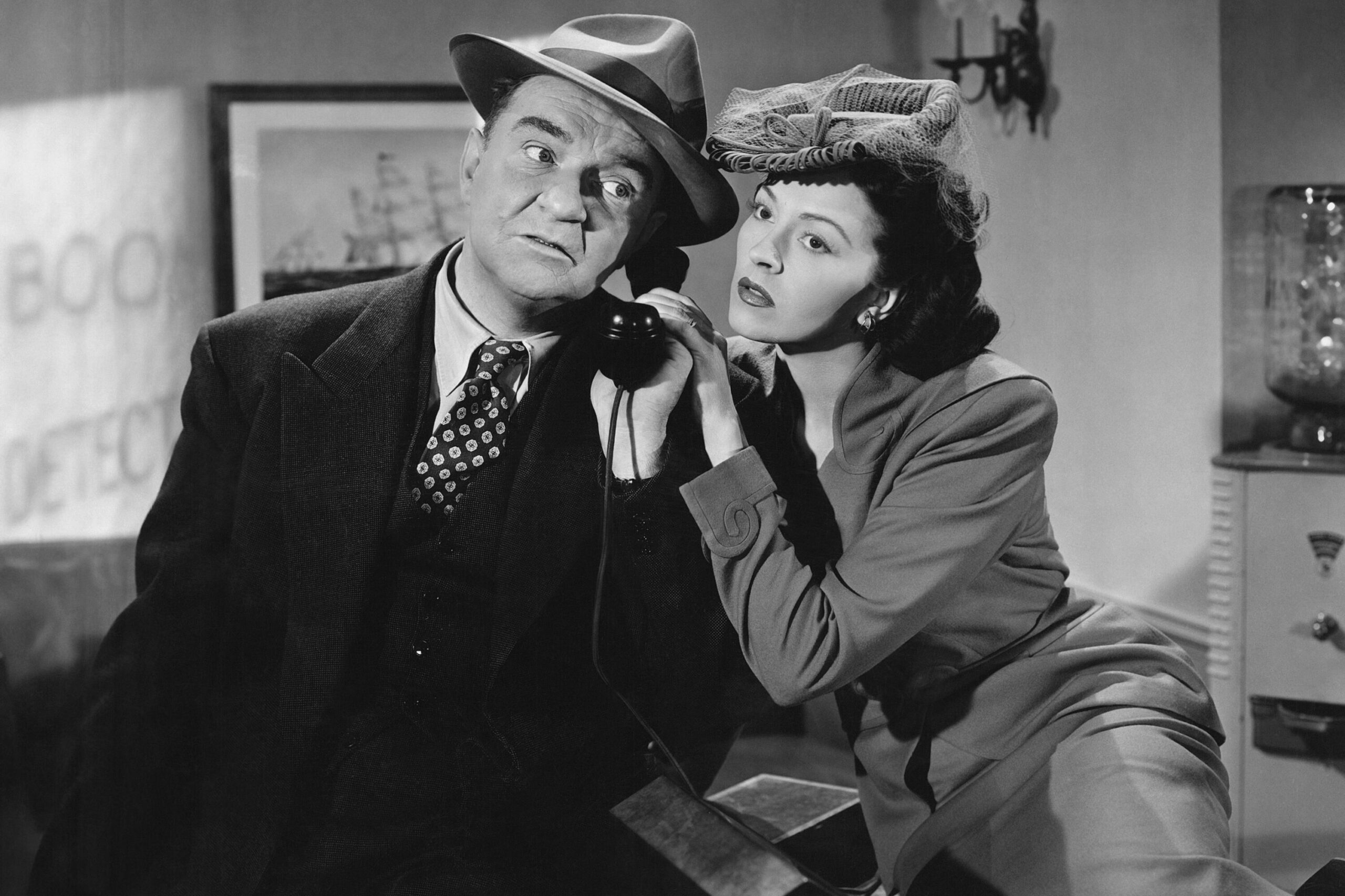
While hats today are usually reserved for outdoor events or bad hair days, the ’40s and ’50s saw men keeping their hats on, even indoors. Hats were part of a man’s “dressed-up” look, and taking them off when you entered a home or office was considered impolite. It wasn’t just about warmth or sun protection—it was all about style and class.
In fact, you could judge a man’s status based on the quality and style of his hat. Top hats, fedoras, and trilbies were all common, and there was a whole etiquette around when to wear or remove a hat. The hatless look was actually viewed as unrefined or overly casual, making this tradition quite different from today’s norm.
6. Women Being Told to Stay Home
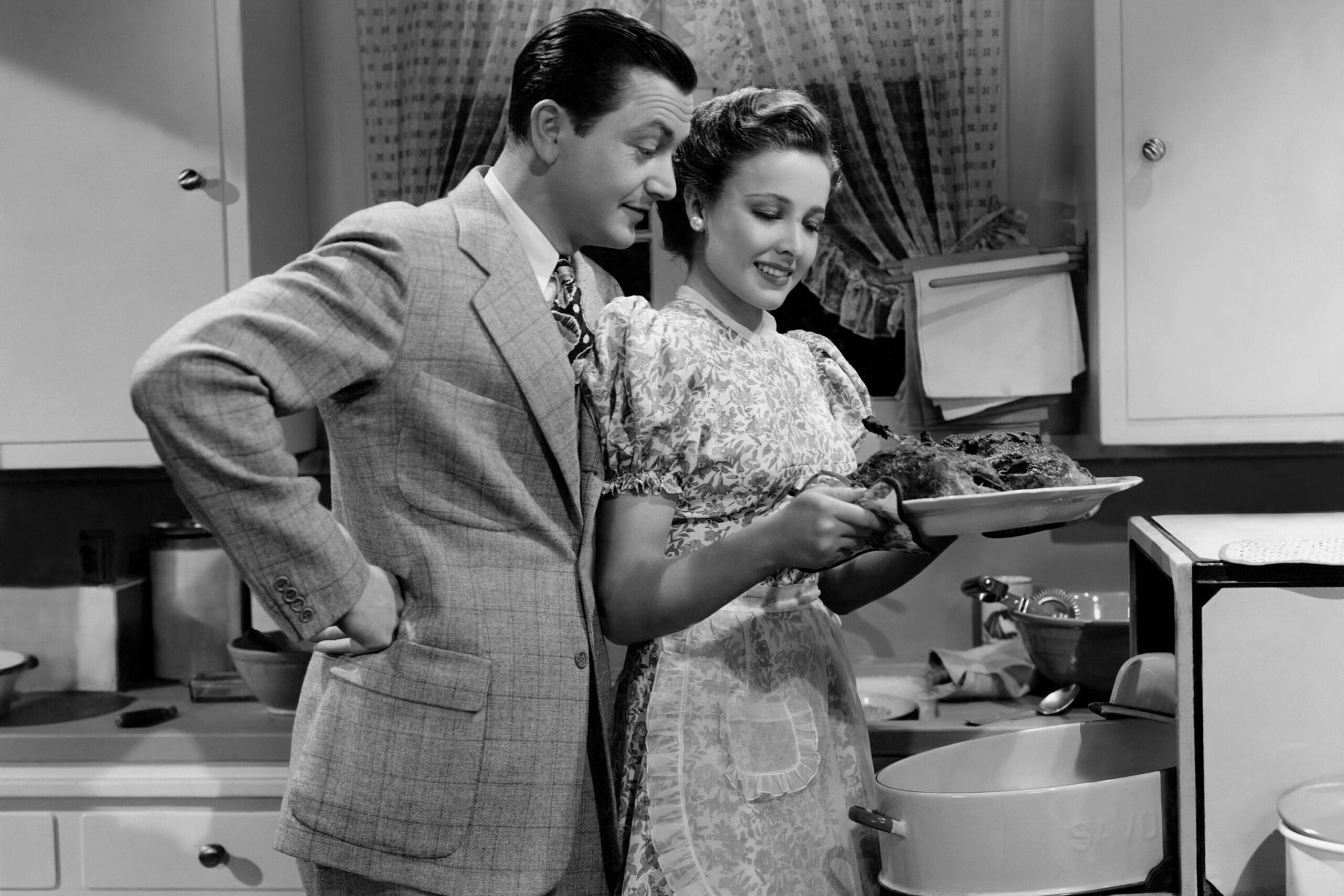
In the ’40s and ’50s, girls were often told that their primary goal in life was to get married and be good wives and mothers. Educational opportunities were less emphasized for girls, especially when compared to boys. Many women were encouraged to stay home after marriage rather than pursue careers, a mentality that persisted well into the ’60s.
Schools and communities reinforced these gender roles by subtly suggesting that girls should focus on homemaking and family care rather than ambition or independence. The social pressure to conform to these roles was enormous, leaving many women feeling like their only path in life was to stay home. Today, the idea of limiting a girl’s future like that is unthinkable, but it was the reality for many young women during those years.
7. Women Wearing Aprons at All Times

In the ’40s and ’50s, wearing an apron was a common sight, especially for women. It was expected that women would wear aprons while doing housework, cooking, and even while answering the door. The apron was seen as a symbol of a woman’s role in the home, and it wasn’t unusual for women to wear them over their nice dresses or suits. It wasn’t just about protecting clothing—it was part of the expected daily uniform.
The apron also served a practical purpose in keeping the kitchen tidy and in hiding the mess of daily chores. Many women had multiple aprons, often tailored to the task at hand, from baking to gardening. This tradition was so ingrained that it became a symbol of femininity and domesticity. Today, the idea of constantly wearing an apron has faded, with more focus on comfort and flexibility in daily attire.
8. Publicly Shaming Children
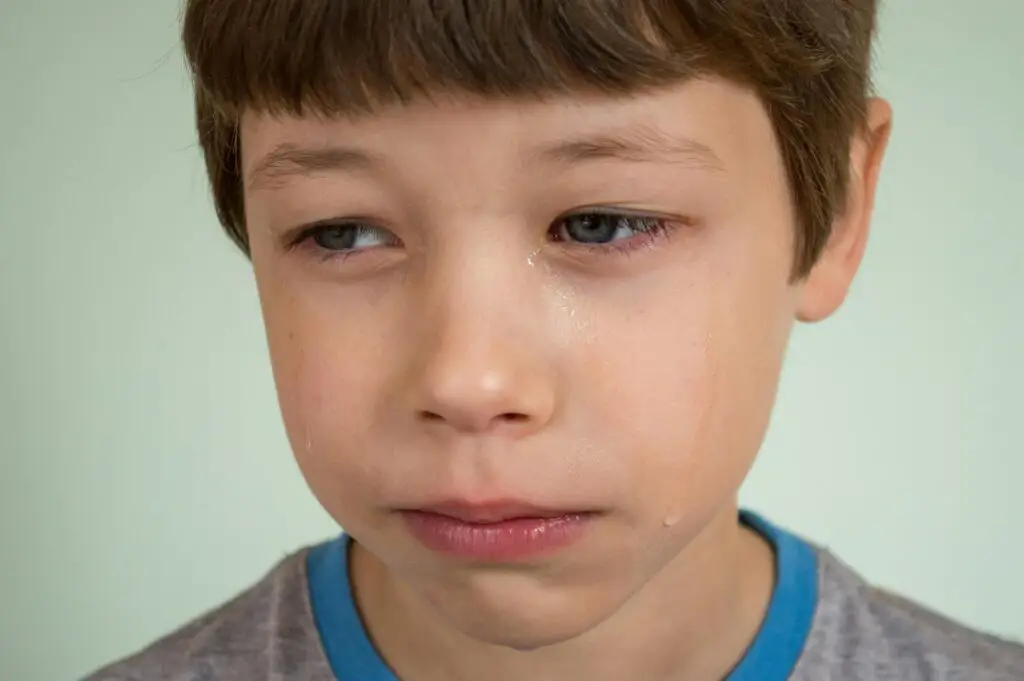
Public shaming of children, especially in the form of “time-outs” or verbal reprimands in front of others, was a regular occurrence. If kids misbehaved in public, they would often be scolded loudly, sometimes even humiliated, by their parents. People around them rarely intervened, thinking that it was all part of “good parenting.”
The idea was to teach children to behave in public, but in doing so, it often caused embarrassment and shame. Unlike today, when parents may try to handle discipline privately, the ’40s and ’50s didn’t shy away from using public shame as a form of correction. It was an accepted method, but the emotional impact it had on kids was likely long-lasting.
9. Littering Everywhere
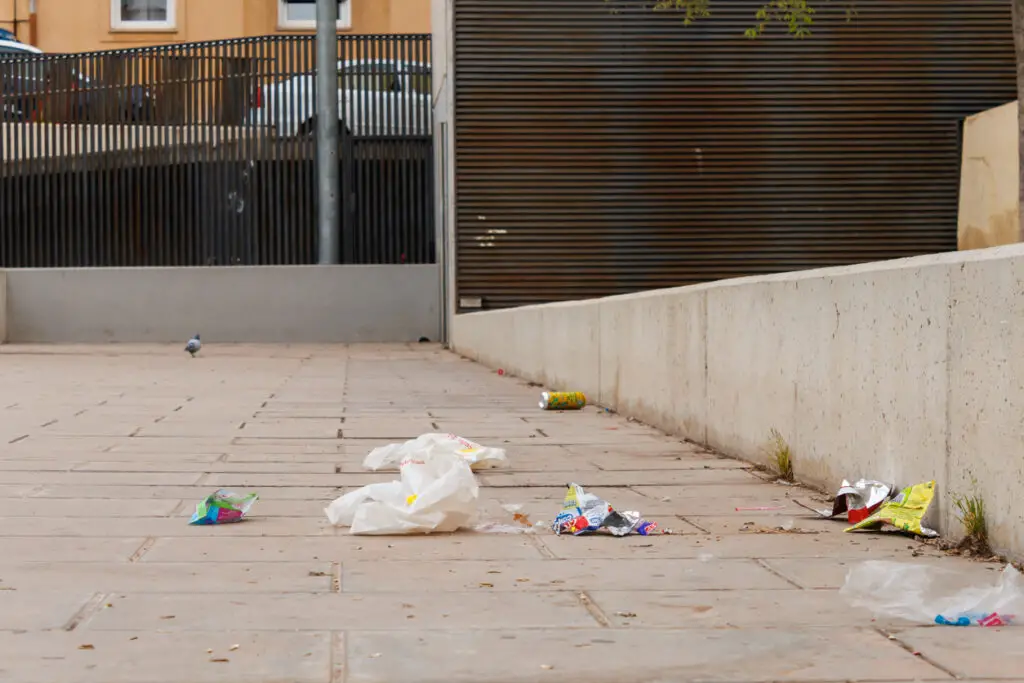
In the ’40s and ’50s, littering wasn’t something that raised many eyebrows. People would toss their trash wherever they felt like it, whether they were walking down the street, driving in a car, or even sitting at a park. The idea of keeping your environment clean was not as strongly emphasized as it is today, and there were few public efforts to curb littering.
Trash cans weren’t as plentiful, and the environmental awareness that came in later decades hadn’t yet taken root. People weren’t as concerned about the impact of litter on the environment, and the consequences of wastefulness weren’t as clear. It wasn’t until the ’60s and ’70s that public service campaigns started raising awareness about the importance of keeping things clean.
10. Ignoring Mental Health Struggles

Back in the ’40s and ’50s, mental health issues were often ignored or misunderstood. The idea of seeing a therapist or talking about mental health was seen as a sign of weakness. People were expected to push through their struggles on their own, and any emotional distress was often chalked up to just “toughing it out.”
This meant that many individuals didn’t get the help they needed, and mental health was rarely discussed in the open. Society largely overlooked the importance of emotional well-being, and mental health issues were often brushed under the rug. Today, there’s a much more open conversation about mental health, but it was not something that was “normal” in the ’40s and ’50s.
11. Cold Water Baths for Children

It wasn’t uncommon for children in the ’40s and ’50s to be bathed in cold water, often to “toughen them up.” Parents believed that cold water baths were beneficial for the child’s health, boosting their immune system and even improving circulation. This was a practice passed down from older generations and seen as part of good child-rearing.
Of course, this would be considered an extreme approach today, but back then, it was just a normal way to care for kids. Parents thought they were doing the best thing for their child’s well-being, even if it was a little uncomfortable. But by today’s standards, we’ve come to realize that it’s probably not the best way to help children feel safe and nurtured.
12. Doctors Smoking in Offices
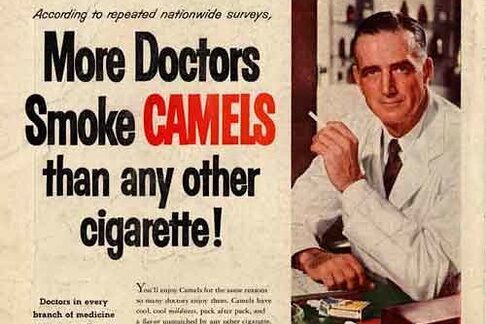
Doctors smoking in their offices while talking to patients was a common sight in the ’40s and ’50s. At the time, it was believed that smoking could help patients relax, and no one questioned whether it might be a health risk. In fact, smoking was promoted as a “healthy” habit, with many doctors endorsing it, whether in advertisements or personal practice.
It wasn’t until research began to show the clear connection between smoking and lung cancer that attitudes started to change. But back then, the medical community didn’t know better, and patients trusted their doctors implicitly. Now, smoking in a doctor’s office would be unimaginable, but it was considered perfectly normal in those days.
13. Men Being the Sole Breadwinners
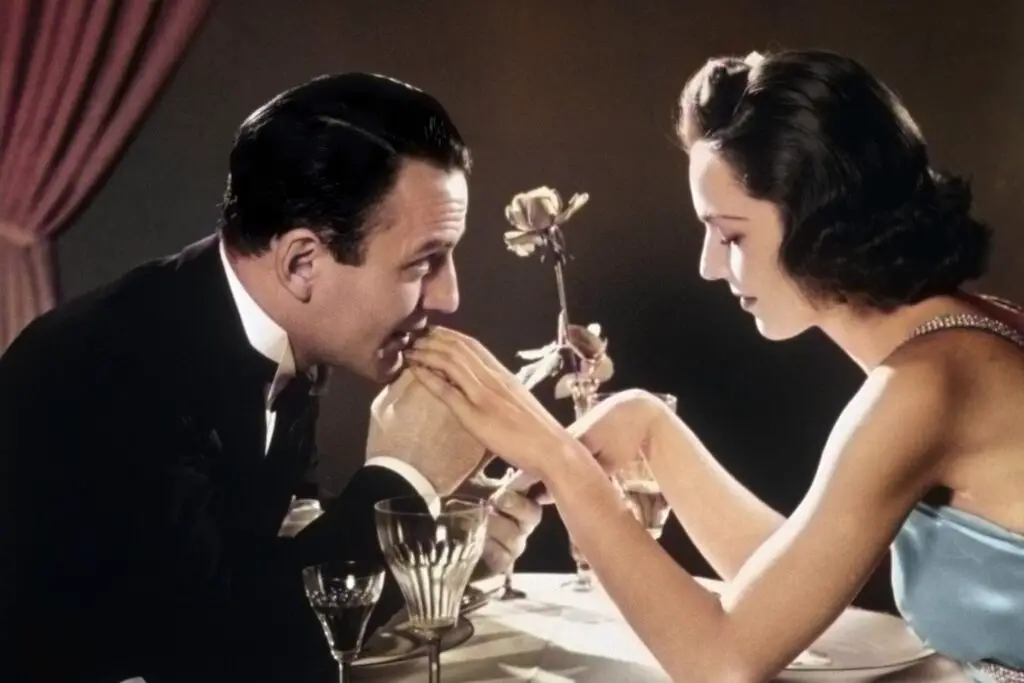
Back then, it was seen as a man’s job to be the primary breadwinner, while women were often expected to stay at home and take care of the house. While many women worked, their paychecks weren’t considered essential to household finances, and they were usually paid less than men for the same job. The “man of the house” held most of the financial responsibility, even though it wasn’t always a fair system.
The idea that men would earn the money and women would keep the home running seemed perfectly natural to most families at the time. It wasn’t until the feminist movements of the ’60s and ’70s that the traditional roles of men and women in the workforce began to be questioned. But in the ’40s and ’50s, this gendered division of labor was a key part of society’s expectations.
14. Children Playing in the Streets
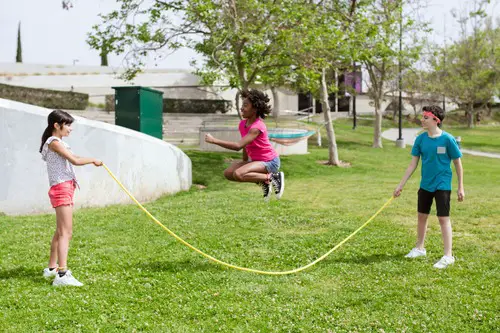
In the ’40s and ’50s, it was normal for children to play in the streets. Parents didn’t always worry about the dangers of traffic or strangers, and kids spent hours outside without supervision. There were fewer concerns about safety, and neighborhoods felt like tight-knit communities, where everyone looked out for one another.
It was a time when kids would ride bikes, play tag, or simply roam freely, often from sunrise to sunset. Nowadays, parents are more cautious about letting children play outside unsupervised, especially in busy or urban areas. Back then, the streets were a playground, and it was an everyday part of life for many children.
